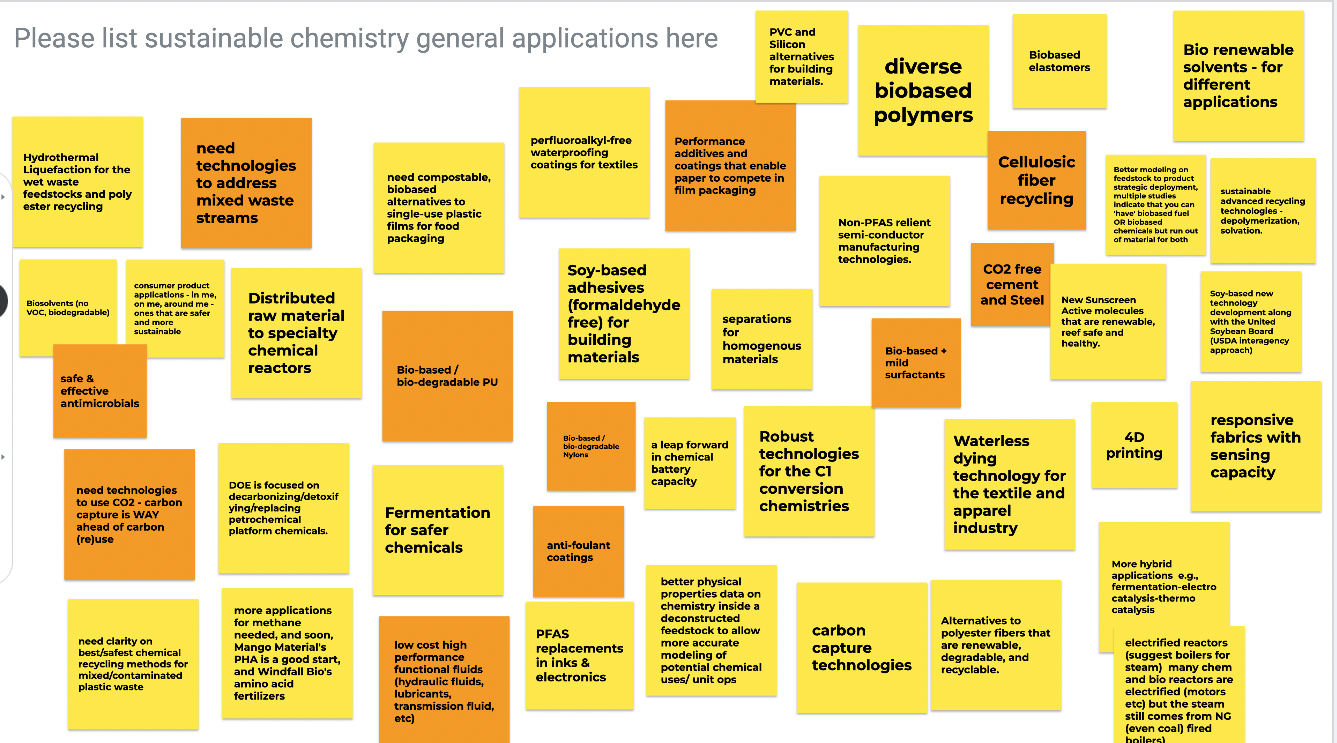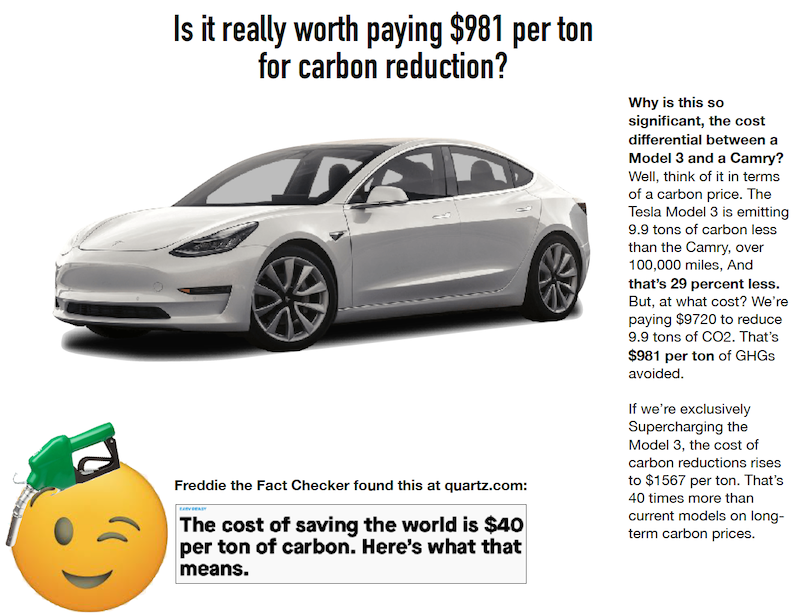Sixteen Going on Seventeen: It’s Springtime in the Bioeconomy, where’s Summer?

The Energy Independence and Security Act is sixteen years old this year, going on seventeen, and when I think the industry that has sprung up to deliver the advanced fuels contemplated by the Bush Administration, I think of the old lyric from The Sound of Music:
You are sixteen going on seventeen
Baby, it’s time to think
Better beware, be canny and careful
Baby, you’re on the brink
Today, we have Net Zero commitments for 2040, huge SAF targets for 2030, vegan foods, renewable chemicals, sustainable materials, heat and power through biomethane, bioplastics, and more. We are trying so hard to do so much, so fast, the tuneful “better beware, be canny and careful” is good advice for an industry where many feel that too little is happening, too slow.
It’s not for the lack of prodding and funds from the federal government, desperate to deliver on its Bold Goals for the Bioeconomy. On March 8, the Department of Energy Office of Clean Energy Demonstrations (OCED), released its Funding Opportunity Announcement (FOA) for the Industrial Demonstrations Program, with more than $6bn in hand. And, there’s the Bipartisan Infrastructure Law, the Inflation Reduction Act, the CHIPS and Science Act, there is intense effort to revive high-technology manufacturing in the US and defossilize at the same time.
The Meeting of the Minds
The influential UMass professor Joel Tickner, executive director of the Green Chemistry & Commerce Council, known widely as the GC3, convened a brainstorming session in recent days to “outline some of the most promising technologies and companies in the sustainable chemistry space that are ready to move beyond demonstration to deployment and scale.”
The GC3 is intensely focused on engaging “the finance sector on the importance of investments in sustainable chemistry to achieve climate and circularity goals as well as de-risk costs,” and a list of companies and technologies might prove helpful in that effort as well. Andy Shafer amongst others was whipping the industry to drum up just the right brainstorming group, and so they gathered on a Thursday afternoon this past week, or early evening for the Europeans, to identify the candidates. It was the Meeting of the Minds.
Of course, gone are the smoke-filled rooms of a generation ago, where worthies poured out ideas on whiteboards and easel charts while swilling back cheap coffee and battling the fluorescent glare of overhead lights. Instead, this brainstorming group joined over Zoom, and collaborated using a Google jamboard.
It’s a strange world of accidental mutes and unmutes, cameras at wonky angles, virtual backgrounds: webcams in home hallways and office have their backdrops replaced by scenes of tropical splendor, pastoral vistas that evoke memories of Disney Circle-Vision documentaries, or digital academic bookshelves that wouldn’t be out of place in the Bodleian Library. Conversations regarding a future that could not be more real take place in a digital vapor where nothing is exactly as it seems.
The company list was impressive and the underlying technology opportunities, though by design less definitive and more fuzzy, was equally so. Here are the raw outputs.


An impressive list. It comes at a frothy moment in the bioeconomy. The rise of renewable diesel, the surge in RNG, the excitement over SAF, the surge in federal funding — the excitement is palpable. People speak of a tipping point, and they believe it is near.
The Electric Fence
Yet, an electric fence has descended across the defossilization movement and divided it. On the one side are the heavy molecules, the ponderous carbohydrates, the sugars and the hydrocarbons, the Poverty Row of Decarbonization, where talk is of manufacturing squeezes, capital shortages, and vision quests for affordable feedstock.
On the other side are oceans of capital, and project developers in stately pleasure-domes, for a consensus has emerged in the US and Europe of a new paradigm for decarbonization, based in three principles which no one quite yet has the bad manners to articulate, preferring to speak of “all of the above” rather than “three of the above”, but these three are:
1. Electrification of the fleet.
2. Defossilization of the molecule via hydrogen first, carbon later.
3. Carbon capture and storage.
They have drunk the milk of paradise and found it was electrons. Hydrogen, EVs and carbon capture give major incumbents such as utilities, oil refiners and auto manufacturers something to do, some way of escape from the noose of their Net Zero commitments, and they are going for it, full tilt.
The Risk Problem
By contrast, there is little money for commercializing sustainable chemistry. The problem of the bioeconomy is inside the bioeconomy. There is too much risk in the system outside of technology risk.
At the “let’s go, bioeconomy!” meetings this spring, it’s all technologists, and there’s been a lot of rah-rah for more R&D, followed by more R&D, and then more R&D. Yet, if technology risk was the sole issue, venture capital would have long stepped in to solve it, they eat technology risk for breakfast.
There are too many ways for chemical projects to die. Just ask Terrabon, BioAmber, Green Biologics, Elevance, Sweetwater Energy — none of them doomed by technology failure, none of them here in their original form today.
What’s the fix? The fix lies partly in understanding what I call the Capex and Opex problem, the way people respond to price signals in their recurring expenses (opex), compared to their response to occasional capital purchases (capex).
Let me illustrate with some data.
New car prices spiked 17 percent between 2020 and 2021, and average car payments for new car owners went up 11.8 percent in 2021, says here. The average car price rose to $47,000 — there was grumbling, but not a revolution in our thinking.
In about the same period, food prices rose 11.8 percent in 2022, says the USDA. You’d think the American republic was in peril, the shouting in political circles and the grumpiness at the kitchen table was so evident.
Let me illustrate with some charts from Google trends. Let’s look at an opex item, about regular expenses, and we’ll use food prices. On the capex side, the occasional major expenses, we’ll use car prices. Here’s the interest level, with cars in red and food in blue.
In general, people are more interested in car prices. But, let’s look at what happens when prices rise. Let’s compare “rising food prices” to “rising car prices”. Again, food is blue and cars are red.
When it comes to panic, there’s nothing like a threat to regular expenses to get people riled. Now, this is not exactly PhD level economic analysis, this is an illustration designed to help you think. And, we can look even deeper. Let’s add in gas prices and look at the anxiety levels — food in blue, car prices in red, and gas in gold.
Yikes, no comparison, really, People are tuned in to the commodity price they cannot escape and which is a recurring expense, and are intensely focused. And, what about the topic of rising prices. Again, food is blue, cars red and gasoline is gold.
Again, no comparison, there was hardly a day in 2022 when consumers were more focused on rising food prices or car prices over gas prices. Funny thing, in 2022, gasoline prices decreased year over year, by 1.5 percent. There was a spring price surge that abated violently in the second half, yet gas price fears are high. People are terrified of rising gas prices, care more about recurring expenses than major purchases, and are biased towards opex over capex, sometimes irrationally so.
We can surmise that part of the popularity of EVs in the public imagination (if not always translating into vehicle sales) has to do with how EVs serve an emotional need to be insulated from rising gas prices by shifting the price change to car prices, or capex.
The Negative Trifecta
Low carbon fuels and sustainable chemicals have won the Negative Trifecta. Rising carbon prices that incentivize sustainable alternatives trigger gas price panic, could be associated (remember “food vs fuel”) with food price panic, and cause us to change fuels, an operating expense, instead of cars, a capital expense.
The changes are far more unsettling than, say, EV adoption, especially so long as the government offers extravagant tax credits for EV sales that far exceed the value of the carbon saved.
We analyzed the cost of the carbon savings not too long ago in The Digest, and found that EVs cost more than $500 per ton of CO2 avoided for the benefits we bring. We came up with $981. Outrageous! Why is there not a revolution against EVs? Why are governments doubling down on electrics? Are they insane?

No, they are not.
First of all, as mentioned above, incumbents like utilities, car makers and even oil refiners are happy with the new paradigm. Well, oil refiners are not overjoyed, but they do recognize that a climate change consensus is dooming the gasoline model; the new paradigm may be as good as it gets, for them.
Second, for consumers the costs are buried inside stealthy payments like US national debt payments and rising car prices.
Open your mind, examine your choices
So, what will low carbon liquids do?
Probably, nothing. Ideally, focus must shift from using carbon prices to incentivize fuel switching and instead focus on capex. For example, a $200 per ton carbon price ignited fuel-switching in California, but is controversial and would cost $980 billion per year nationwide until the solutions arrive and restore equilibrium. Disaster.
Let’s think another way, just for illustration. If we simply built the capacity to use the Billion Tons of Biomass that the Billion Ton Study says we have, and did so at, say, $8 per installed gallon of capacity, we’d have 70 billion gallons of fuels and chemicals, enough for aviation, marine and a whole bunch of materials, for about $560 billion. Yes, ruinously high, but something like 40 percent less than the cost of carbon credits in their first year.
It’s more complex than this simple example which is not intended as a roadmap to a national energy solution — rather it is I hope a roadmap to a better National Energy Solution Conversation by the time we are seventeen going on eighteen.
The young Victoria became queen at age 18, and in the motion picture The Young Victoria, at a time of difficulty and danger, she writes to Prince Albert, “Perhaps I am too young and inexperienced for my position.” He replies:
“Open your mind, examine your choices, and your honesty will take you through the storm. I promise that you can do this work, and do it well. You have courage and heart and you said yourself, you’re stronger than you look.”
I have no idea if Prince Albert actually said it, Julian Fellowes wrote the scene — but it was well-fitted to the picture and, in it’s own way, is well-fitted to this springtime in the bioeconomy.
Category: Top Stories













